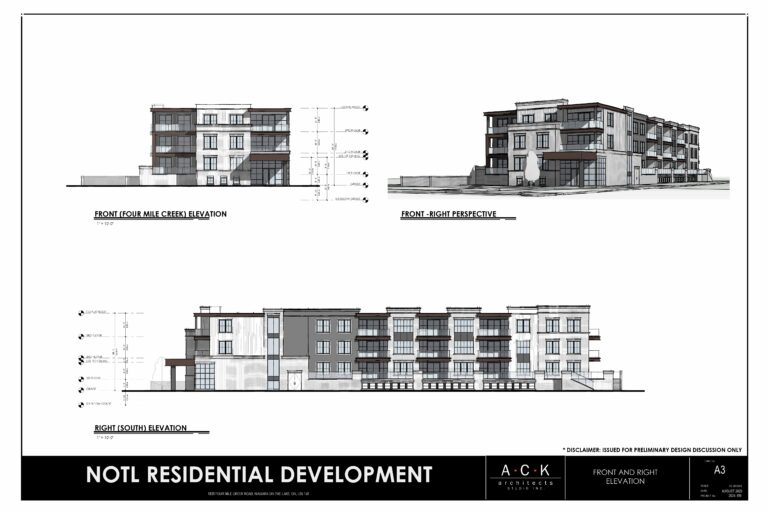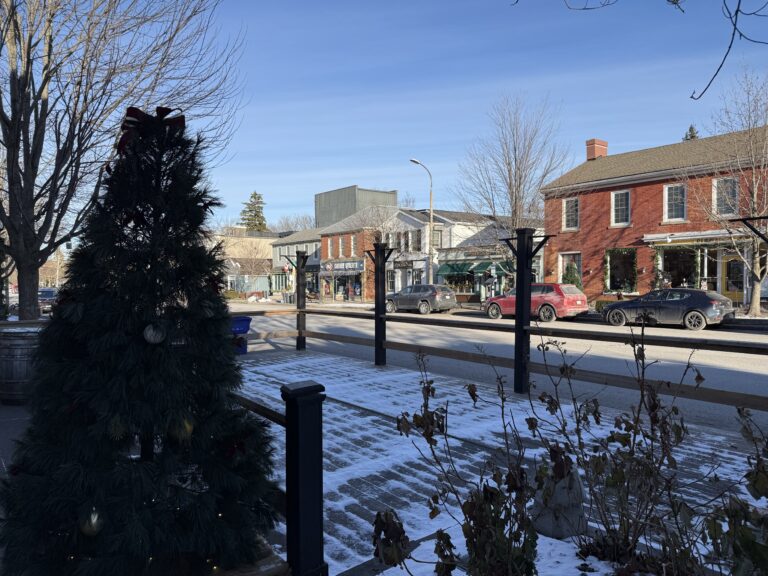Dear editor:
I read the letter about “airport noise and smog” from your Virgil-based contributor with some interest.
Full disclosure, I was the airport manager of Niagara District Airport from 2007 to 2011.
Here’s a letter in response:
Dear sir, this will acknowledge receipt of your recent letter about the Niagara District Airport. I have forwarded it to the chair of the Niagara District Airport Commission for further review.
Strategic direction of the airport is the responsibility of the commission in partnership with the regional municipality and the airport owner, the Town of Niagara-on-the-Lake. My primary responsibility is the safe and efficient operation of the airport facility.
While the commission’s response is being prepared, allow me to offer a few thoughts about the Niagara District Airport.
In the 1950s, the federal government recognized that aviation could be an important part of the development of the Niagara Peninsula.
It took the important step of legislation to protect the airspace at and around the Niagara District Airport to make it usable by all forms of such activity, from recreational to commercial.
Instrument approaches have been developed to provide access to the airport even when safe flying in accordance with visual flight rules was impossible.
Aircraft operators frequently make use of these approaches when conducting medical evacuations (Medevacs) from the region to centres of medical excellence in Hamilton or Toronto.
The airport has also been used as an alternate airport for smaller, instrument-equipped aircraft flights during periods of widespread low cloud and visibility in southern Ontario.
The Niagara District Airport has been used as a port of entry for international flights. It can also be used by aircraft flying “just in time” freight for commercial entities in the region.
All these activities contribute to the well-being of the residents of the region. They cannot be reasonably done by water transport. Growing traffic congestion on highway corridors is making such activities riskier.
Current rail corridors prioritize freight, not people. The airport could be an integral part of regional transportation and disaster recovery plans.
The recent announcement of the plan to twin the skyway bridge over the Welland Canal could be a problem for access to the airport.
Depending on the location and height of the tallest part of the new bridge structure and lighting fixtures, the lower boundary of the legislated, protected airspace above might be penetrated.
Instrument approaches would need to be modified and access to the airport in poor weather conditions would be reduced. A modest expansion to the west could be a solution.
Finally, if you want a more accurate perception of what a modest increase in the size of Niagara District Airport might mean operationally, I encourage you to look at airports of the size that the airport could become.
Airports at Kingston, Muskoka, Peterborough, Windsor and Geraldton come to my mind.
Kenn Moody
NOTL









